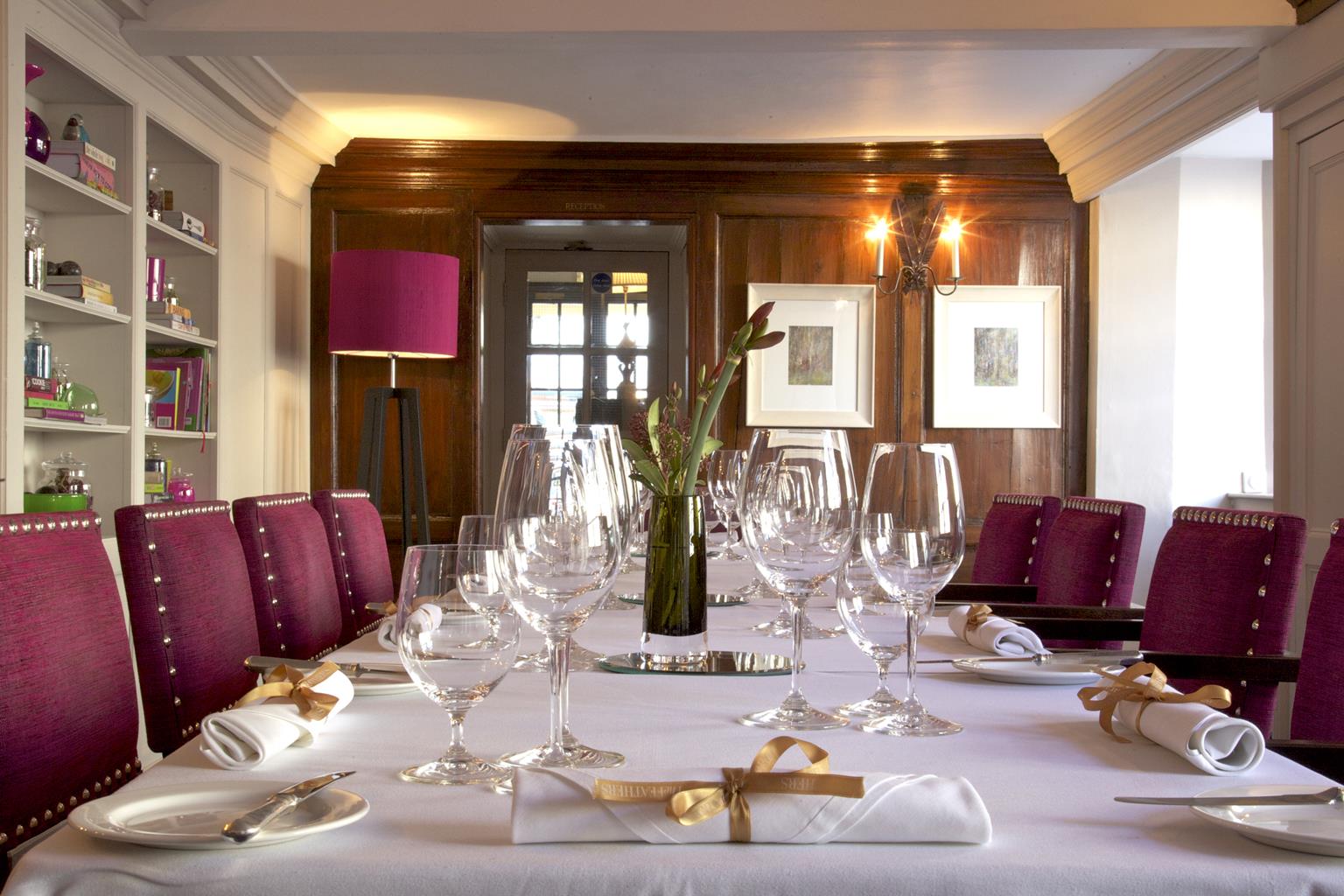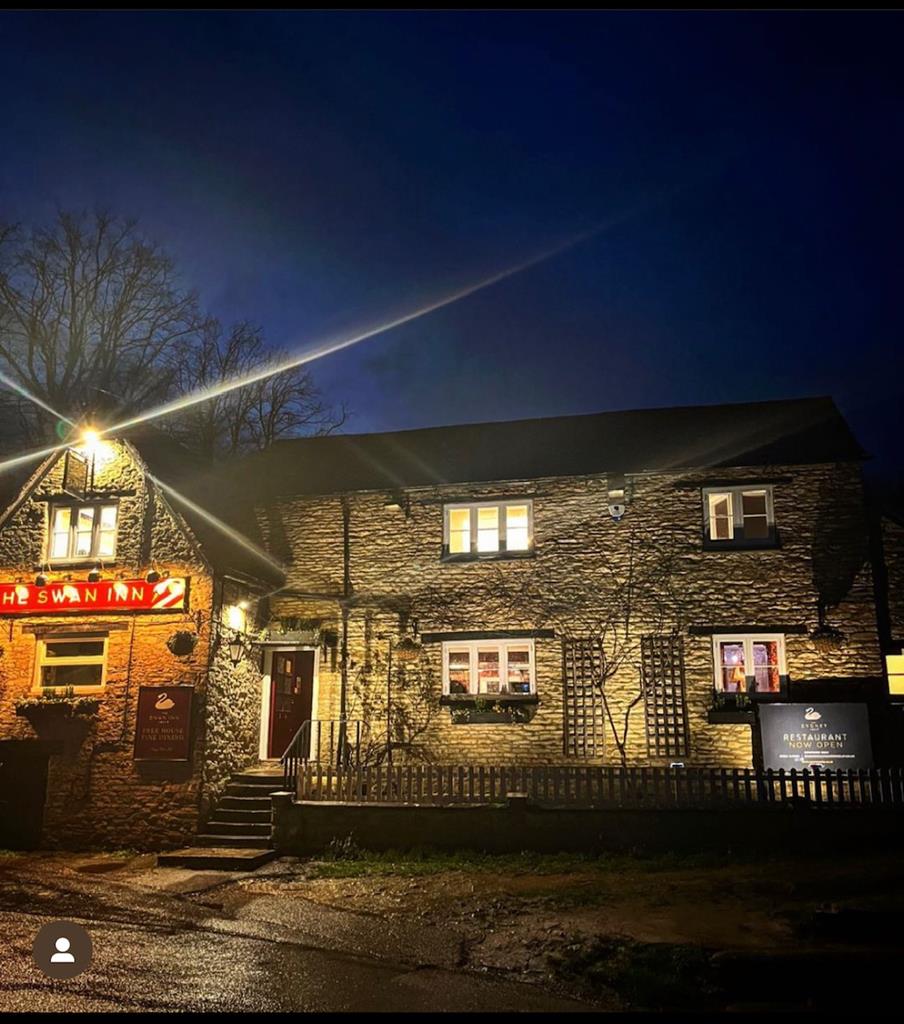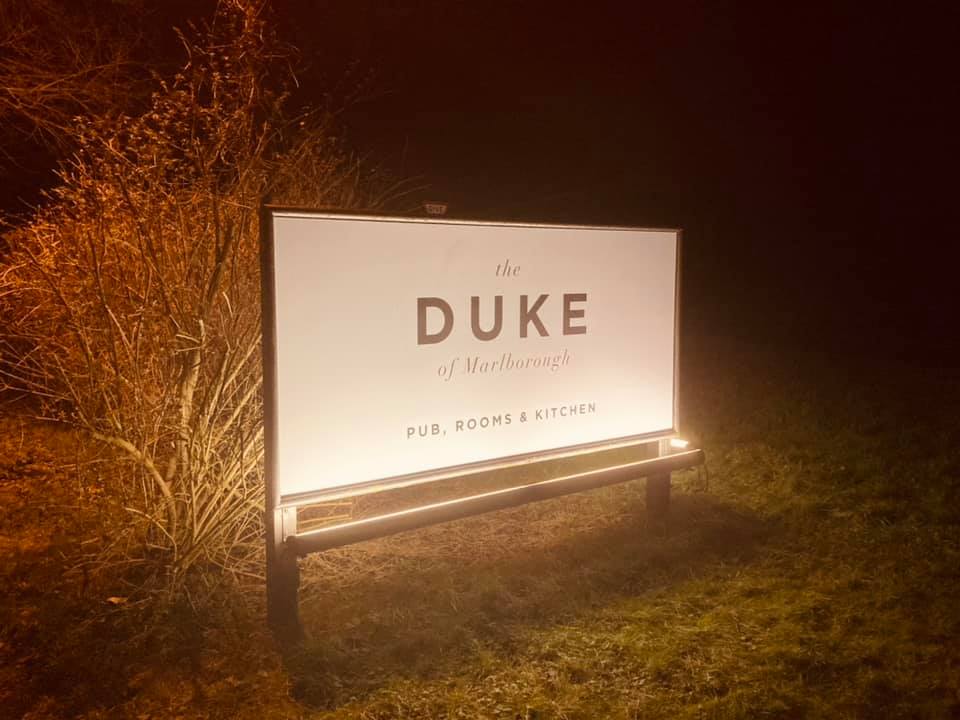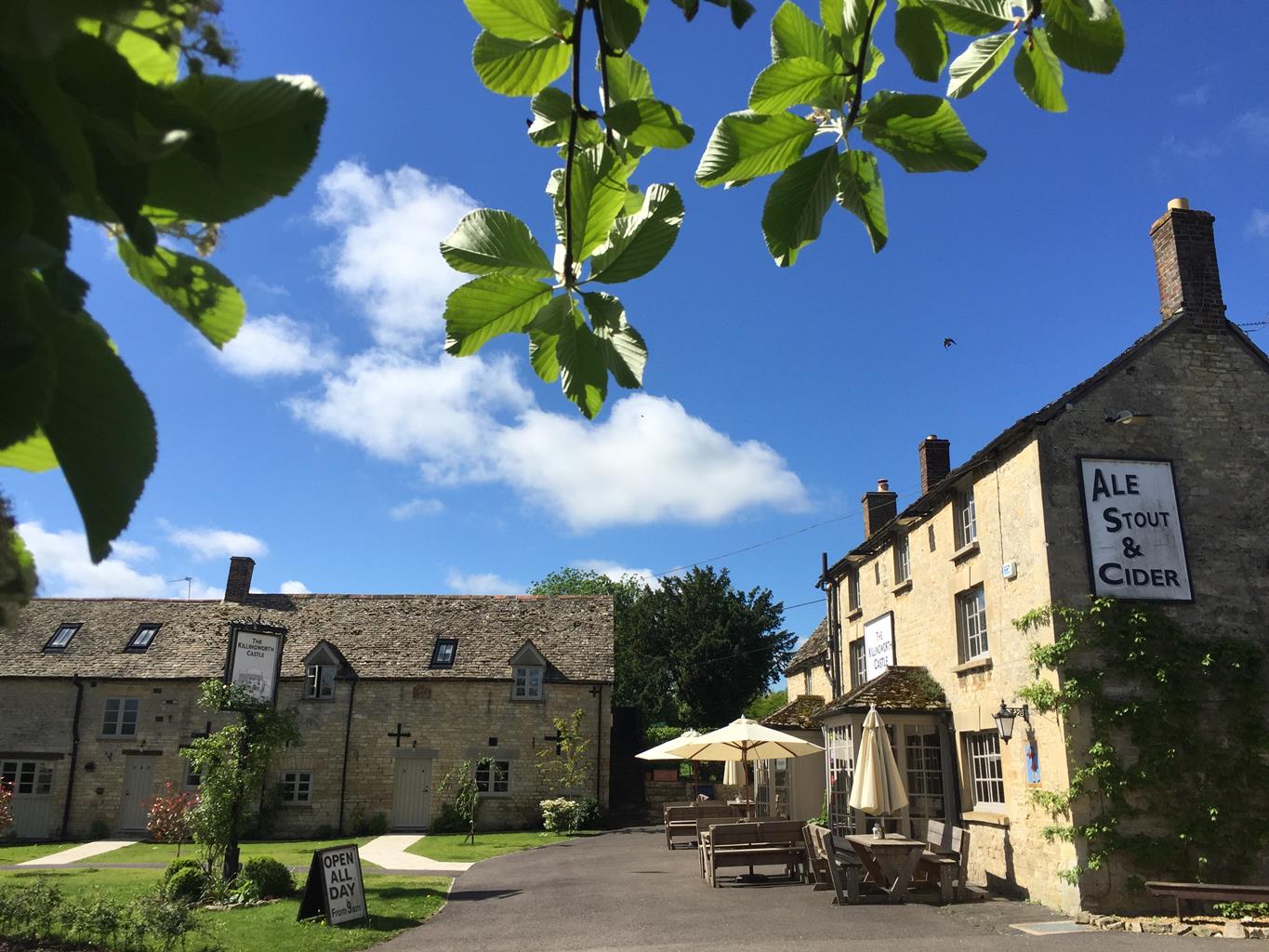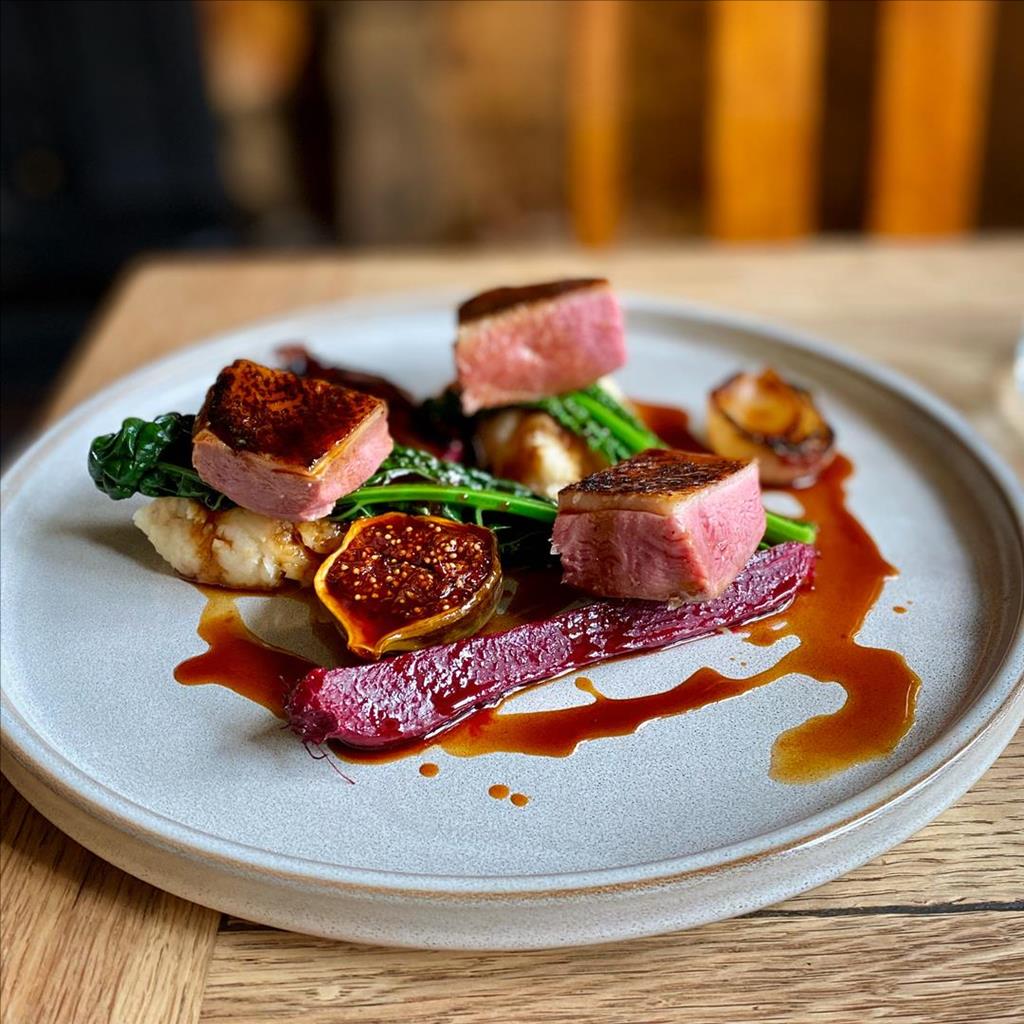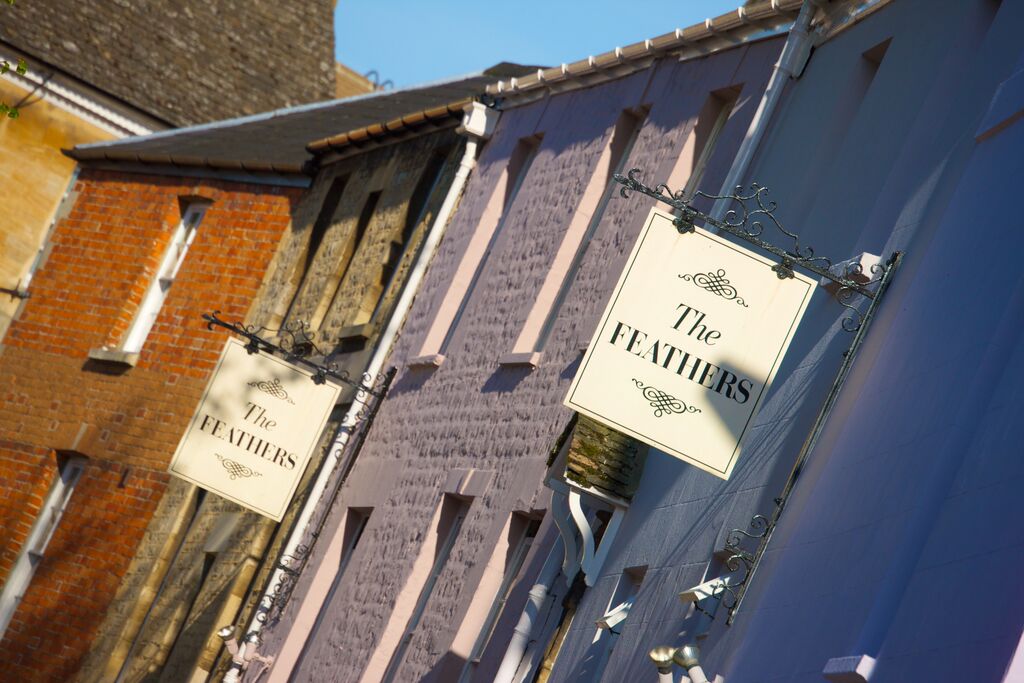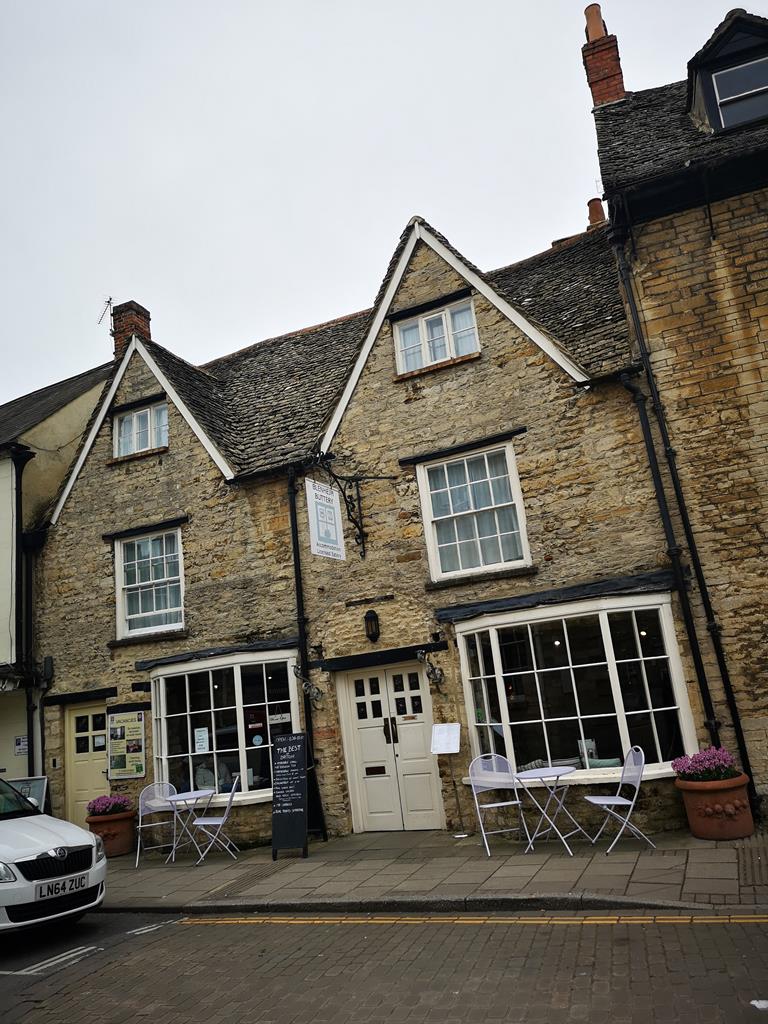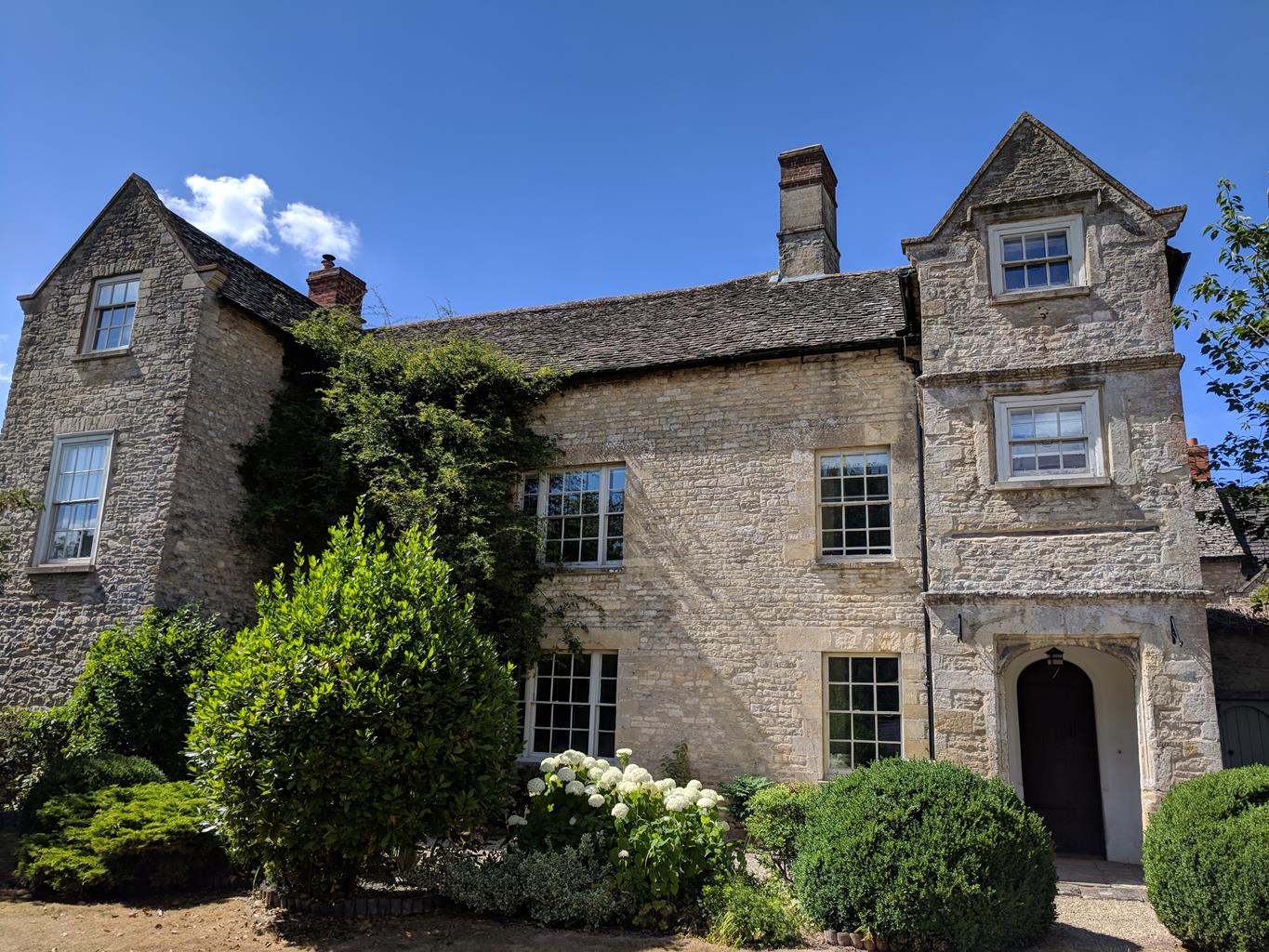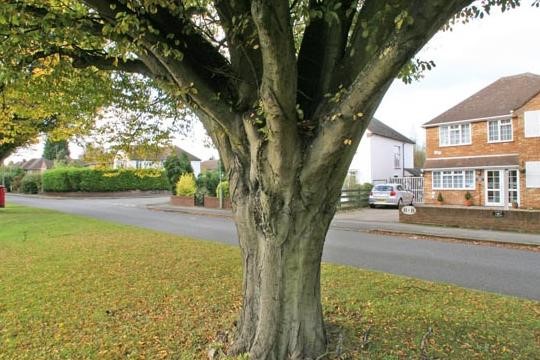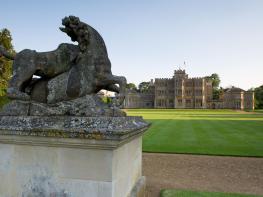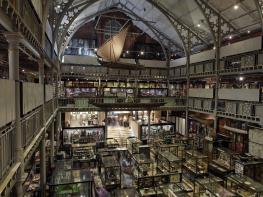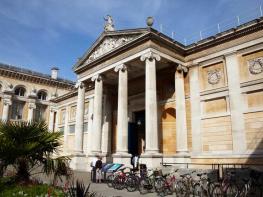This intimate and unique hotel enjoys a town centre location with easy access to nearby Blenheim…
Thrupp, River Cherwell and Oxford Canal

4 miles (6.4kms)
About the walk
Sadly, British rail disasters continue to make the newspaper headlines and train crashes in this country are nothing new. As you reach the railway line in the closing stages of this very pleasant waterside walk, pause for a few moments and allow the imagination to picture what happened here more than 135 years ago.
It was 1874, about noon on Christmas Eve, and there was heavy snow on the ground. A train from London’s Paddington Station, bound for the Midlands, acquired an extra coach at Oxford to help cope with the large numbers of passengers travelling home for the festivities. As the train headed north out of Oxford towards Shipton-on-Cherwell Station, a wheel-tire (tyre) on the additional coach broke. Almost at once the final carriages left the rails. The rest of the train continued for some distance before plunging down the embankment beside the Oxford Canal. The proprietor of the nearby paper mill ran immediately to the scene of the crash. With the help of his workers and those passengers who had not sustained injury, he managed to convey the casualties to the manor house, the mill and other homes in the area. An Oxford surgeon, who had been visiting a patient at a nearby house, and a London doctor, travelling on the train, attended to the injured. Some of the carriages slipped beneath the icy waters of the canal and with snow still falling and telegraph lines down, conditions that day could not have done more to hinder the rescue operation. However, word eventually reached Woodstock and Oxford and help was summoned. Even Lord Randolph Churchill, whose son Winston had been born just three weeks earlier, travelled over from nearby Blenheim Palace, bringing with him a supply of food and drink.
Today, we are used to the emergency services gearing swiftly into action when a disaster occurs. But in Victorian times, things moved at a much slower pace. A team of doctors eventually arrived by special train from Oxford, bringing with them vital medical supplies. Fifty of the injured passengers were
Several recommendations were made and there was an urgent call for more safety precautions, as well as improved testing of communication cords. Lord Randolph Churchill wrote to The Times demanding a more effective braking system for all express trains.
Walk directions
Leave the car park, walking back up the track, then turn left and pass to the right of cottages to go under the railway. Follow the path ahead through the plantation, keep left at the fork and head towards the bank of the Cherwell. The path stays quite close to the river. Eventually you emerge from the trees into an open field. Keep left by the hedge. The spire of Kidlington church can be seen to the right.
Draw level with the spire and look for a footbridge up ahead. Cross it to a stile and keep left in the field for about 50yds (46m) to a footbridge with two gates. Cross the field, aiming to the left of a bow-fronted house. Cross the next stile and go diagonally across the field to reach a stile leading out to the road.
Cross over to a stile, with Hampton Poyle’s St Mary the Virgin Church seen here. Cross the pasture to a double stile, then keep to the left boundary in the field. After a few paces, look for two stiles in the hedgerow. Cross these and head diagonally right across a large paddock. Cross a stile in the middle, then aim half right to the top of the field. Cross two stiles and a footbridge. Keep ahead up the edge of the field and cross a stile in the corner.
Bear right across the field to a road and turn left. Follow this into Hampton Gay, passing Manor Farm on the left. Go through a gate and walk ahead past the remains of the Manor House to reach the church.
Pass through a gate on your right just before the church and head diagonally across the field towards a railway bridge. Go through a gate by the river, pass under the railway to another gate and follow the path across the field to a footbridge over the Cherwell. There are two stiles here. Cross the next field towards Shipton-on-Cherwell church and join a track just in front of it. Make for the Oxford Canal, cross a stile and drop down to the tow path. Turn left and walk back to Thrupp and the car park.
Additional information
Field and waterside paths, canal tow path, many stiles
Level countryside with Oxford Canal and River Cherwell
Under control on tow path. On lead near livestock
OS Explorer 180 Oxford, Witney & Woodstock
Car park at Thrupp, over bridge behind tea rooms
None on route
WALKING IN SAFETY
Read our tips to look after yourself and the environment when following this walk.
Find out more
Also in the area
About the area
Discover Oxfordshire
Located at the heart of England, Oxfordshire enjoys a rich heritage and surprisingly varied scenery. Its landscape encompasses open chalk downland and glorious beechwoods, picturesque rivers and attractive villages set in peaceful farmland. The countryside in the northwest of Oxfordshire seems isolated by comparison, more redolent of the north of England, with its broad views, undulating landscape and dry-stone walls. The sleepy backwaters of Abingdon, Wallingford, Wantage, Watlington and Witney reveal how Oxfordshire’s old towns evolved over the centuries, while Oxford’s imposing streets reflect the beauty and elegance of ‘that sweet city with her dreaming spires.’ Fans of the fictional sleuth Inspector Morse will recognise many Oxford landmarks described in the books and used in the television series.
The county demonstrates how the strong influence of humans has shaped this part of England over the centuries. The Romans built villas in the pretty river valleys that thread their way through Oxfordshire, the Saxons constructed royal palaces here, and the Normans left an impressive legacy of castles and churches. The philanthropic wool merchants made their mark too, and many of their fine buildings serve as a long-lasting testimony to what they did for the good of the local community.
Nearby stays
Restaurants and Pubs
Nearby experiences
Recommended things to do
Why choose Rated Trips?
Your trusted guide to rated places across the UK
The best coverage
Discover more than 15,000 professionally rated places to stay, eat and visit from across the UK and Ireland.
Quality assured
Choose a place to stay safe in the knowledge that it has been expertly assessed by trained assessors.
Plan your next trip
Search by location or the type of place you're visiting to find your next ideal holiday experience.
Travel inspiration
Read our articles, city guides and recommended things to do for inspiration. We're here to help you explore the UK.

